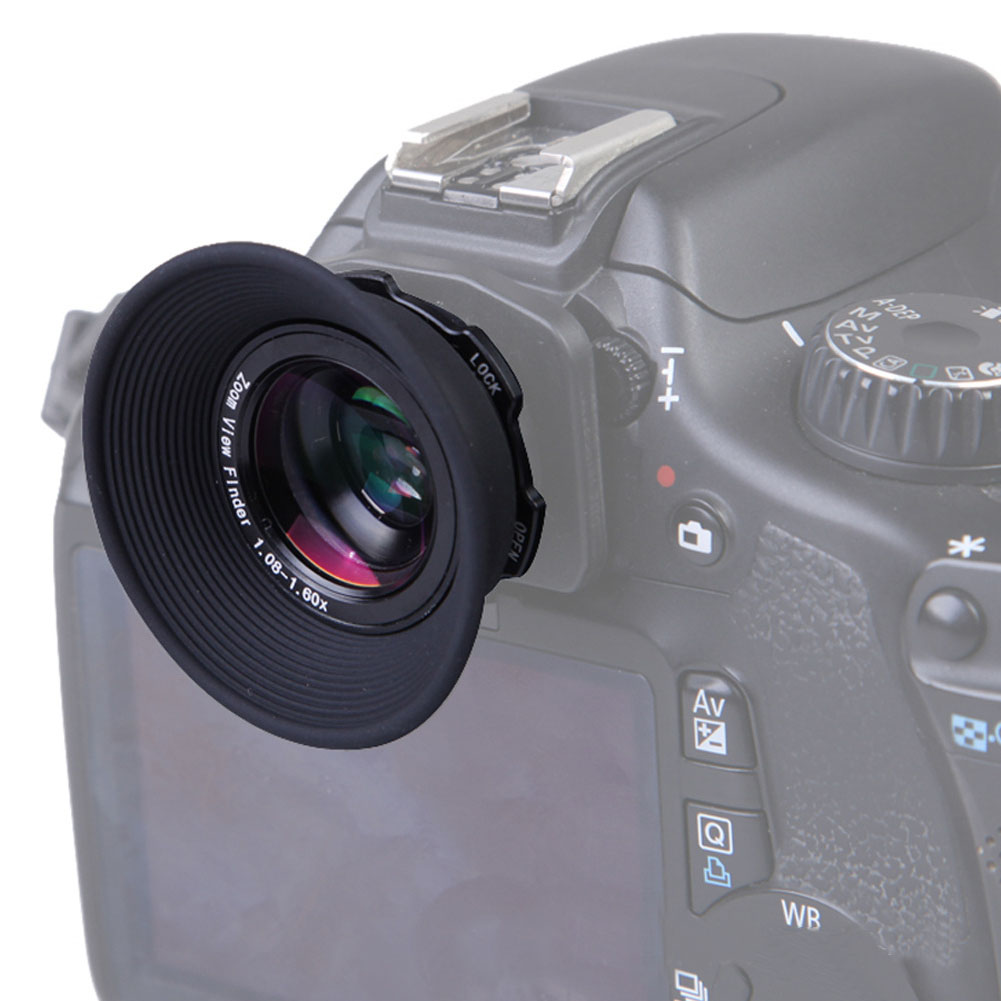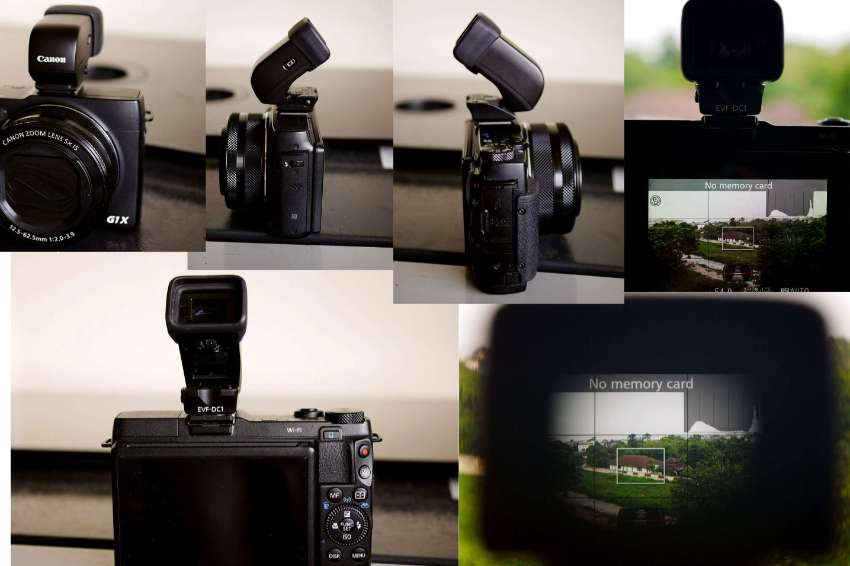

The AF method options you get when shooting stills or movies in Live View are excellent, and while most users will stick to using one-shot AF for static subjects, there’s the option to employ continuous focus (AI servo) to acquire fast focus on moving subjects. The introduction of Dual Pixel AF has made the EOS 200D far superior to the EOS 100D when it comes to focusing in Live View. Testing the camera in a challenging low-light scene revealed that the centre cross-type AF point is by far the most accurate at acquiring focus quickly, so you may find yourself half depressing the shutter to focus before reframing from time to time.

Though some may be sceptical of the low number of AF points, they are spread fairly widely across the frame.

Unlike some Canon DSLRs that let you assign the D-pad buttons to shift the AF point straight away without using the AF point position button first, this isn’t possible on the EOS 200D. To toggle between manually selecting the AF point and automatic selection mode simply hit the AF point selection button followed by the Q/Set button. The furthest two AF points on the left and right of the frame can be quickly selected from the central AF point using the left and right directional buttons from the D-pad. One AF point is found above and below the central cross-type point with a pair of AF points offset either side. Raise the viewfinder to your eye, or hit the AF point selection button when the screen is active, and you can view the sum total of 9 AF points on offer. It can’t be customised to display things like the drive mode or battery level, but it can be setup to prompt you when the monochrome picture style or spot metering is set and does so by displaying an explanation mark in the bottom left corner.Ī rubber eye cup helps cushion the viewfinder against your eye and there is dioptre control to adjust it to your eyesight. Like the EOS 100D, the optical viewfinder seems surprisingly large for one that covers 95% coverage of the frame with 0.87x magnification. You can also double-tap the screen in playback to instantly pull up a magnified view, while hitting the Q button in playback opens a range of options such as being able to rate, resize and rotating images.Ĭanon is well aware of the fact that operating a DSLR via its touchscreen alone won’t be for everyone and has had the foresight to include an option to disable touch control altogether. Touch control of the screen also comes into its own for inspecting images in playback mode where you can use pinch and zoom gestures like you would on a mobile device to zoom in. The touchscreen is so sensitive and precise you’ll find that you rarely press an incorrect icon or menu setting. You can use it to navigate the menus and change settings from the quick menu or control the camera conventionally using its buttons. The way Canon implements touch control on its DSLRs is excellently executed. A small notch has been cut out of the body just below the Live View button to make it easy to pull out, and the good news is that the screen sits virtually flush to the back of the camera when it’s pushed back in. It takes the pain and hassle away from crawling on your knees or randomly aiming to get a shot only to later find it was taken askew. It’s one of the major advancements over the EOS 100D and makes it a real pleasure to use when composing images from almost any angle or position. Vari-angle screens have always typically been found on more advanced models in the EOS lineup, so it’s refreshing to see one introduced on the entry-level EOS 200D. Canon EOS 200D – Performance, Image Quality and Verdict Review.Canon EOS 200D – Viewfinder, Screen, Autofocus and Video Review.


 0 kommentar(er)
0 kommentar(er)
